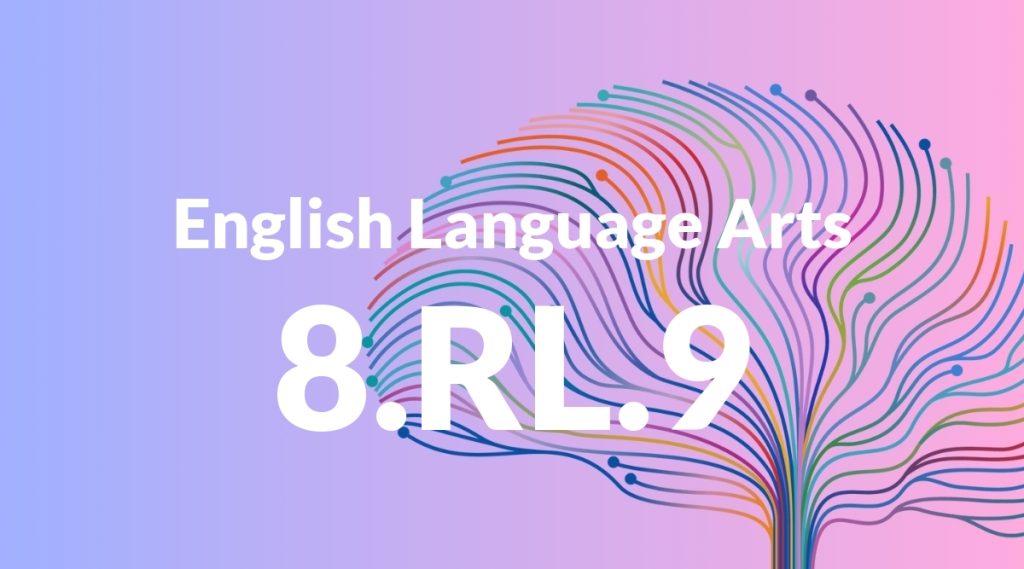Standard: 8.RL.9 – Analyze how a modern work of fiction draws on themes, patterns of events, or character types from myths, traditional stories, or religious works such as the Bible, including describing how the material is rendered new.
Grade level: Grade 8
Subject: English Language Arts
Domain: Reading: Literature
Teacher Overview
This standard focuses on analyzing how modern fiction draws on traditional themes, events, and character types, and how these elements are transformed to create new meanings. It’s important because it helps students understand the continuity and evolution of storytelling. Students should understand basic literary elements and be familiar with key traditional stories and myths.
After mastering this standard, students will be able to critically evaluate how authors create new meanings by drawing on traditional stories and apply this analysis to a broader range of literary works.
Common Misconception 1
Some students may believe that modern works simply copy traditional stories without any changes. This is incorrect because modern authors often adapt and transform these elements to create new and unique stories.
Intervention 1
Use comparison activities where students identify both the similarities and the differences between the traditional story and the modern adaptation.
Common Misconception 2
Another common misconception is that only ancient stories can influence modern literature. This is not true, as recent literature and contemporary events can also serve as inspiration.
Intervention 2
Showcase examples of modern works influenced by recent literature or contemporary events to illustrate the ongoing nature of literary inspiration.
Prerequisite Knowledge
Students should have a basic understanding of literary elements such as themes, character types, and patterns of events. They should also be familiar with key myths, traditional stories, and religious works like the Bible.
Subsequent Knowledge
Students will develop the ability to critically evaluate how authors create new meanings by drawing on traditional stories, and they will be able to apply this analysis to a broader range of literary works.
Instructional Activities
- Comparative essay on a modern work and its traditional source
- Group discussion on how a modern film adapts a myth
- Creative writing assignment where students reimagine a traditional story in a modern setting




